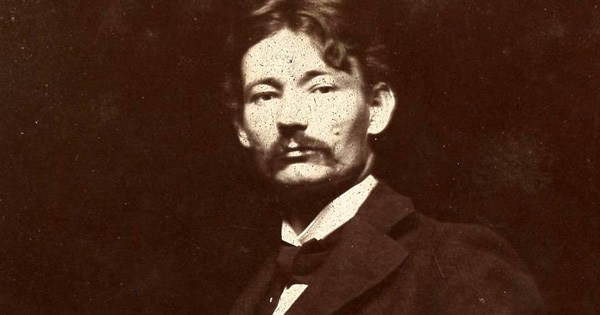Instead of ascribing to the traditional norm of using predominantly white, upper-class subjects for painted portraits, Henri instead found inspiration in capturing the energy of everyday individuals. He also painted an array of multicultural subjects in historical European portrait styles—an unusually inclusive approach. Some of his models included children, gypsies and matadors (as seen in The Spanish Gypsy, 1912), and Native Americans in the American Southwest. Utilizing an array of cultural and socioeconomic subject matter, Henri referred to his subjects as “my people.”

Robert Henri
The Spanish Gypsy, 1912. Oil on canvas.
The Metropolitan Museum of Art, New York
Arthur Hoppock Hearn Fund, 1914
Equally important to Henri’s role as a painter was his role as an educator. Some of his students included highly celebrated American painters such as George Bellows, Edward Hopper, and Stuart Davis (whose vibrant, abstract paintings responding to pop culture and the musical patterns of jazz can be seen in the upcoming exhibition Stuart Davis: In Full Swing, opening at Crystal Bridges September 16).
Henri’s painting philosophy encouraged his students to immerse themselves in the life and culture of their own time. Henri believed this honest approach to seeking subjects and material for one’s art would produce the most authentically and definitively American art of the time, creating a lasting effect on the artistic motivations of those who followed him.




